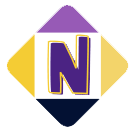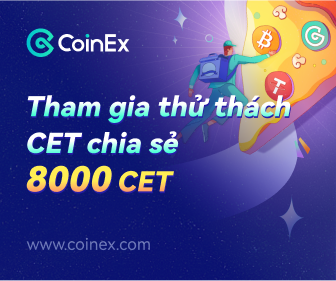The art world encompasses various types of art, including more traditional forms like fine art, antiques, and artifacts, and newer contemporary mediums such as non-fungible tokens (NFTs) and digital collectibles. Today, these all come together in one place through a common digital denominator: the digital marketplace where auctions take place. Digital marketplaces have unlocked the broader traditional and digital art market to global audiences, spurring greater engagement in the sector and increased income.
The value digital marketplaces bring to the sector became evident during the pandemic. Despite global uncertainty and headwinds on multiple fronts, the art sector has continued to grow, with technology helping to underpin resilience and innovation in the sector.
The art market remains robust
Throughout the pandemic, the art market continued to grow. Global fine art auction proceeds in the first half of 2022 reached $7.49 billion, up 8.8 percent on the same period last year, with a record 326,000 lots sold versus 313,400 in the first half of 2021. Meanwhile, sales of all types of NFT last year hit a record $24.9 billion, which has nearly been matched in the first three quarters of 2022 with sales hitting $24.3 billion.
Auction houses have seen mind-boggling numbers for fine art sales. Microsoft Co-Founder Paul Allen’s art collection fetched a record-breaking $1.6 billion, while Andy Warhol’s Shot sage blue Marilyn was earlier this year crowned the second-best art auction result of all time at $195 million.
In fact, ultra-contemporary art and NFTs have been a significant portion of the art auction market — Beeple’s NFT Everydays: The First 5000 Days was auctioned for $69.3 million, making it the most expensive NFT sold at the time of auction. To a large extent, the growth in NFT sales has been facilitated by the digital marketplace infrastructure originally developed and put in place for more traditional art forms.
Online auctions must mirror offline ones
Ten years ago, it was traditional fine art, antiques, photography, jewelry, and so forth that dominated auctions. At the time, the new digital auction technology offered well-designed, easy-to-use tools, with the ability to handle high volumes of both sales and end-users.
Since then, technology has developed along with art and products auctioned on it. The role of digital marketplaces, including digital auctions, has grown dramatically in recent years as companies recognize their benefits. Clear pricing, transparent inventory, and seamless functionality on mobile devices with customer-friendly interfaces, in multiple languages and without geographic restrictions, are all features that make such marketplaces a compelling proposition.
Not only has the transition to digital marketplaces opened up new geographical markets to auction houses and art sellers, but it has also expanded the demographic of its customer base. Online auctions hold more appeal among younger people, for instance, who may be more inclined to use smartphones to attend. By utilizing online marketplaces, auction houses can reach a broader variety of people.
Innovative auction platforms offer powerful tools to drive sales
The more innovative auction platforms can secure incredibly useful data-driven insights that help them make the most of the changing customer base. In particular, those with machine-learning functions can help auctioneers become attuned to the appetites of registered consumers based on their bidding history, allowing them to set pricing estimates more effectively.
As global platforms, the technology also enables auction houses to enforce rules on which individuals and businesses can and cannot participate in auctions, in addition to which currencies can be used. Leading auction houses stress the rigor of their anti-money laundering (AML) and know-your-customer (KYC) procedures, which include checking clients against sanctions lists, registers of politically exposed individuals, and adverse media reports.
These checks and measures are important from a legal standpoint, but also for the artists who may not want to be associated with certain auctioneers or other third parties. It matters for the new buyers too, as millennials and Gen-Z are more likely to engage with the art market in the long term if it meets their demand for high-spec digital experiences and ethical standards.
Digital marketplaces offer a level of transparency around the item on sale — its origin, features, price, parties involved, and more — on a scale not possible a decade ago. In addition, digital marketplaces have helped make art more accessible, transparent, and revolutionary — something that artists, collectors, and auction houses can all be grateful for.
Source NFT Now



